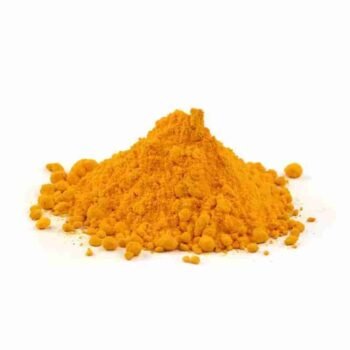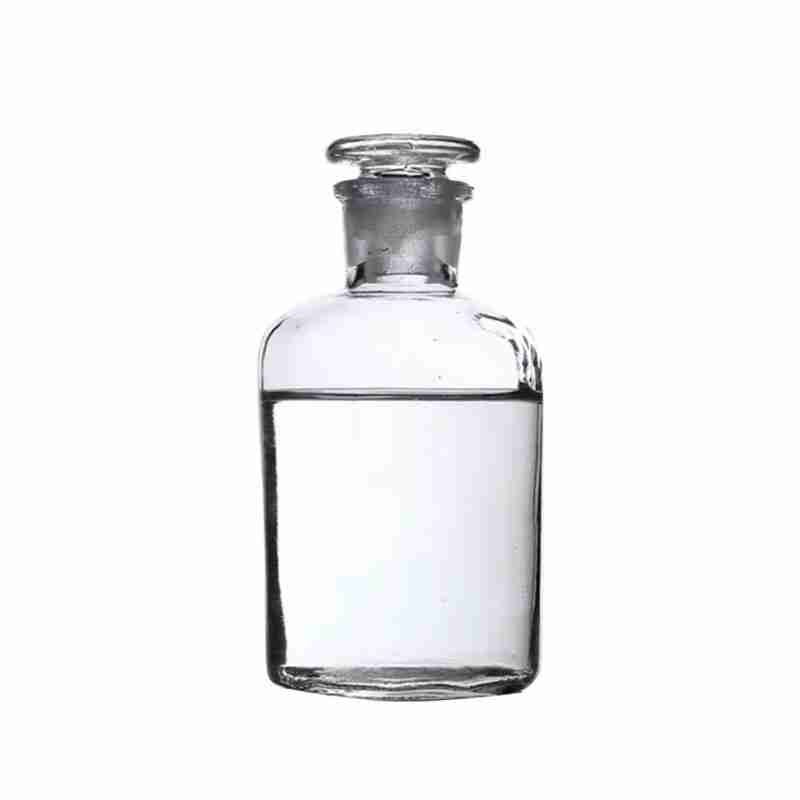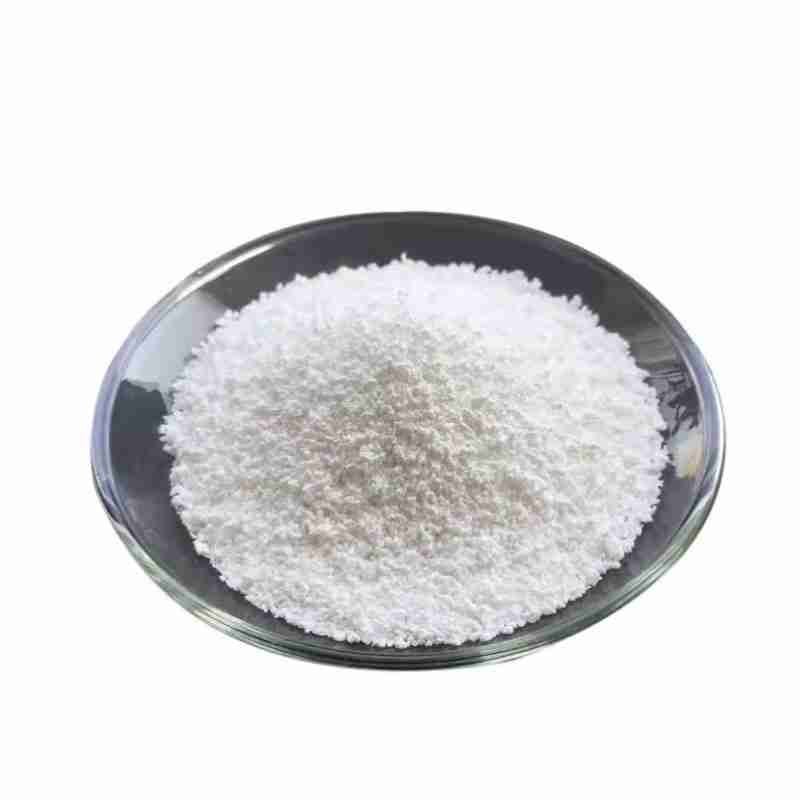Organic Chemistry
-
Ethylene Glycol Distearate CAS# 627-83-8阅读更多Featured
Glycol distearate, likewise known as ethylene glycol distearate, is a chemical commonly used as an aesthetic moisturizer. It is a diester of ethylene glycol and also stearic acid. Used as a pearlescent representative in cosmetics to create a pearlescent sheen, such as shower gels. It can additionally be utilized as a lipophilic emulsifier. Usually used in combination with ethylene glycol monostearate (EGMS, ethylene glycol stearate).
Ethylene glycol distearate is synthesized from ethylene glycol and stearate. The response temperature of the standard synthesis procedure is high, generally between (150 ?? 210 ?? C). In order to remove the water produced by the reaction, steps such as nitrogen circulation, minimized pressure or azeotropic dehydration are called for. Due to the high reaction temperature, serious carbonization and also deep color of the item, extra decolorization procedure is required. There are studies using p-toluenesulfonic acid as well as phosphorous acid (molar ratio 1:1) as a composite driver (hereinafter described as composite stimulant) for esterification, as well as the 3 factors of catalyst usage, reaction temperature level, and response time are experimentally researched. A brand-new synthesis procedure of ethylene glycol distearate was developed.
-
Idebenone CAS 58186-27-9阅读更多Featured
Idebenone is an organic compound with the chemical name: 6-(10-hydroxydecyl)-2,3-dimethoxy-5-methyl-1,4-benzoquinone. It is a structural analogue of coenzyme Q10 and is developed by Takeda Pharmaceuticals as a drug for the treatment of cognitive diseases such as Alzheimer??s disease.
Idebenone has an activating effect on mitochondrial function, improves brain metabolism and brain dysfunction, and can increase the utilization rate of glucose in the brain and promote the generation of ATP; it improves the metabolism of the neurotransmitter 5-hydroxytryptamine in the brain and has a strong antioxidant and free radical scavenging effect. In clinical practice, it is mainly used to treat many central nervous system degenerative diseases related to oxidative stress, such as Parkinson??s disease, Alzheimer??s disease, multi-infarct dementia, local cerebral anemia and brain failure, etc. It is also used to treat Friedreich??s ataxia. It can also be used in cosmetic formulas, with cosmetic efficacy such as scavenging free radicals, inhibiting lipid peroxidation, inhibiting inflammation, inhibiting DNA damage, light protection, and reducing pigmentation.
-
Isooctyl palmitate CAS #1341-38-4阅读更多Featured
Isooctyl palmitate, also known as isooctyl palmitate, has the CAS number of 1341-38-4. It is a colorless to slightly yellow transparent oily liquid with the following properties and uses:
Properties: Good chemical and thermal stability, insoluble in water, soluble in conventional organic solvents and oils used in the cosmetics industry;
Uses: It is a widely used fine chemical product, commonly used in various human skin care products, and is an excellent skin softener. It has stable performance, is not easy to oxidize or produce odor, can make the skin soft and smooth without greasy feeling, has good permeability, and can be used as a good solvent for pigments in lipstick and mascara. It is often used in the formulation of skin cream, foundation cream, hair oil, eye shadow, lipstick, mascara, etc. It can also be used as a plasticizer for ethyl cellulose, nitrocellulose and polystyrene, and can also be used as an auxiliary plasticizer for polyvinyl chloride. -
Polyvinyl chloride CAS#9002-86-2阅读更多Featured
Polyvinyl chloride is a white or light yellow powder. Low molecular weight soluble in ketones, esters and chlorinated hydrocarbon solvents. High molecular weight is difficult to dissolve. Its products are used in light industry, building materials, agriculture, daily life, packaging, electricity and other fields, PVC applications are extremely wide, from building materials to automobile manufacturing, children’s toys, from industrial and agricultural products to daily necessities, involving all walks of life, all aspects.
-
Troxerutin CAS# 7085-55-4阅读更多Featured
Troxerutin, also known as vitamin P4, is a naturally occurring flavonoid that can be isolated from tea, coffee, grains as well as veggies. It has a range of beneficial pharmacological as well as restorative activities, consisting of antioxidant, anti-inflammatory, anti diabetes as well as anti-tumor.
Troxerutin, chemical name 7,3,4,-three (O-(2-hydroxyhexyl)) rutin, which is a mixture of hydroxyethyl rutin acquired by hydroxyethylation of rutin, is yellow, yellow-green or light brown-yellow powder, odorless, slightly salty, hygroscopic, and also the primary product of hydrolysis is hyperin. Troxerutin is a semi-synthetic flavonoid substance made from rutin with hydroxyethylation. It can prevent the aggregation of red cell and platelets, increase blood oxygen content, boost microcirculation, as well as promote the formation of new members vessels. It is the primary element of Vinaorutong, often made right into tablets as well as shots.








